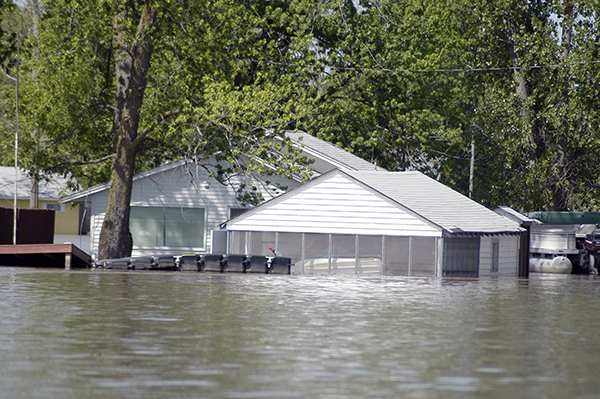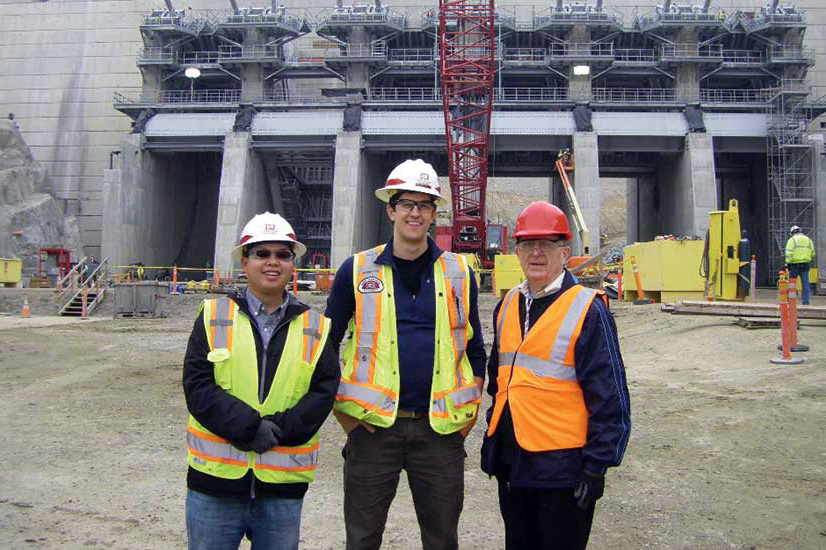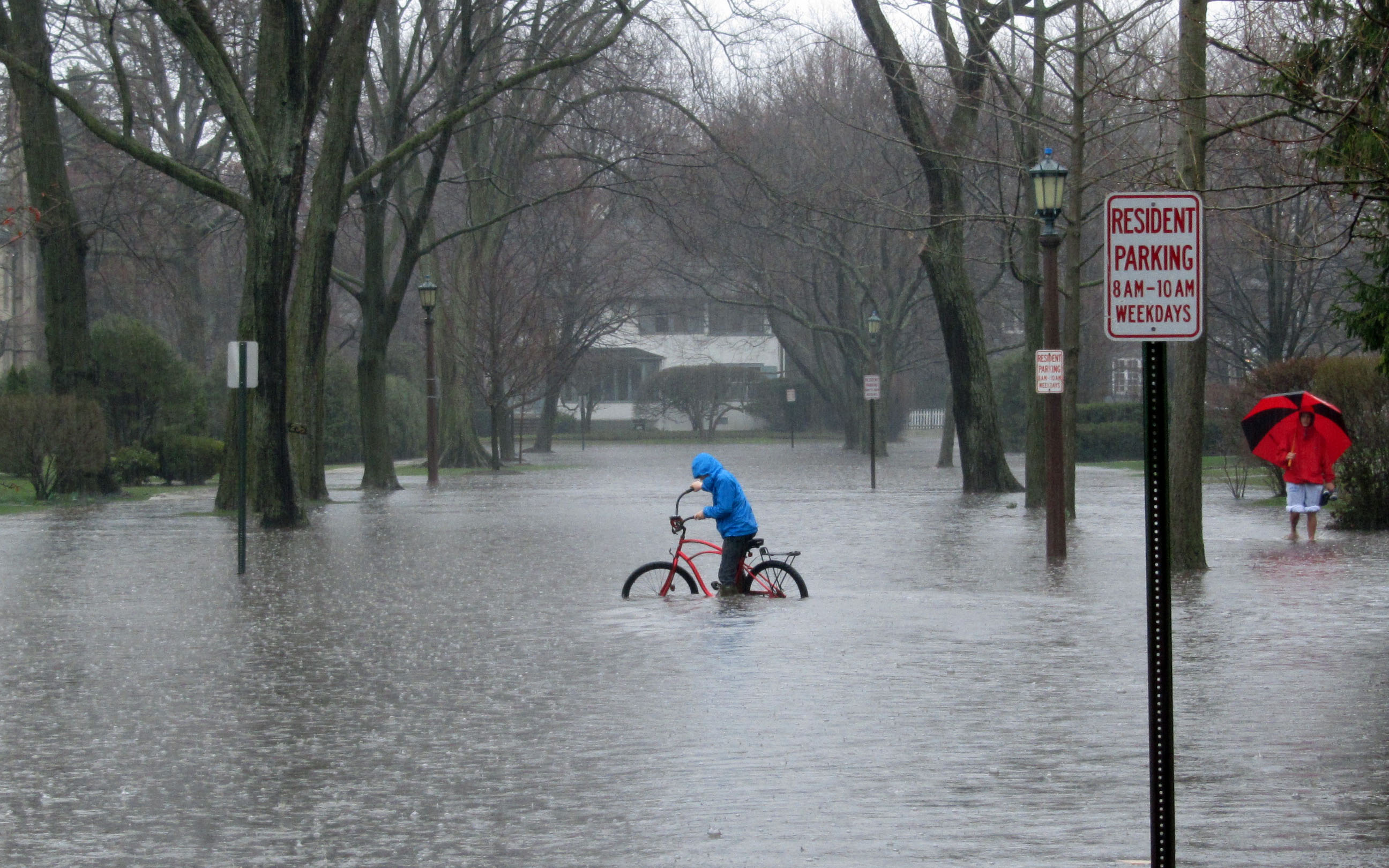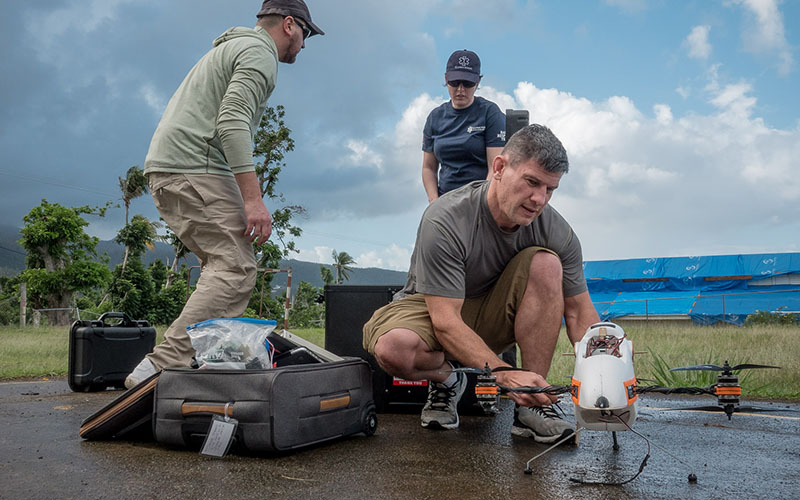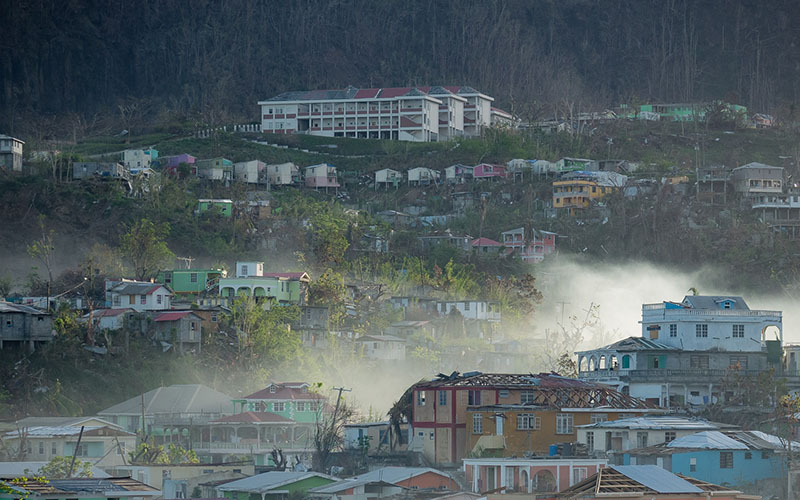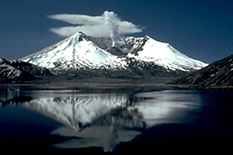News Story
Galloway: Nature-Based Features Can Aid in Disaster Resilience
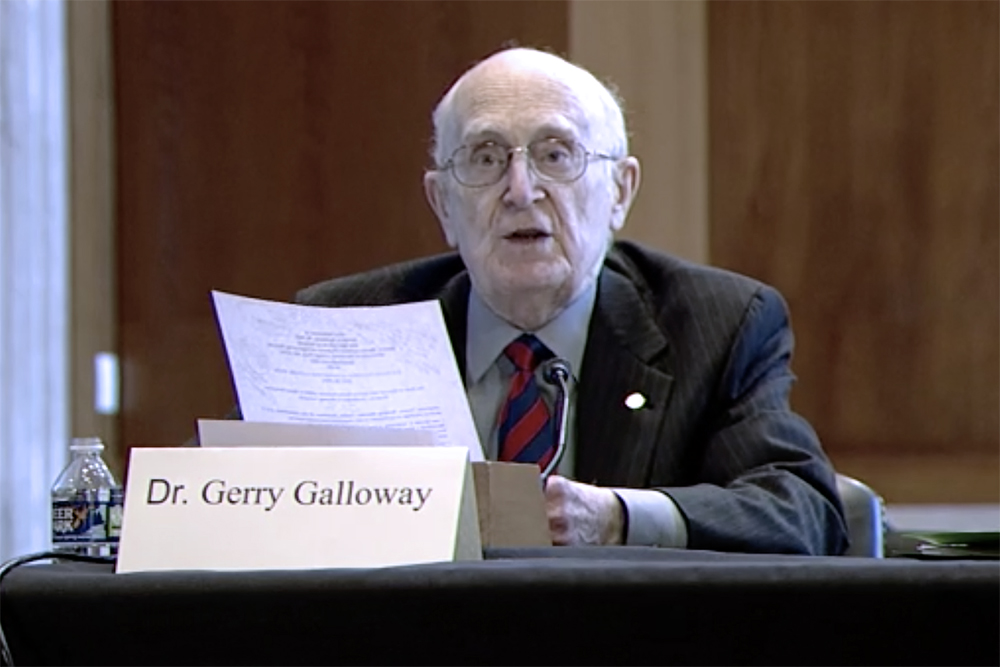
Gerald Galloway may have retired from academic life, but he’s still sounding the call for improved water management policies and a resilience-based approach to natural hazards.
In recent testimony before Congress, Galloway recommended that federal agencies and the Army Corps of Engineers (USACE) be authorized to incorporate natural and nature-based features (NNBF) in flood risk management projects, when appropriate.
Galloway, who stepped down from his faculty position at the University of Maryland’s A. James Clark School of Engineering earlier this summer, was speaking before the U.S. Senate Committee on Environmental and Public Works.
“The use of natural systems and nature-like features (NNBF) in the development and wise use of our nation’s water resources dates to the earliest inhabitants of this great land,” Galloway told the Committee. “Today they are still important parts of our efforts to ensure the sustainable use our water resources and to prevent disasters and should be seen as significant elements of the nation’s portfolio to deal with these challenges.“
NNBF include a wide array of landscape features, such as beaches, wetlands, and flood plains, with some developing naturally and others coming about—in whole or part—as the result of human engineering. Besides helping to control flood risks, NNBF are often seem as providing economic, environmental, and social benefits.
"The use of natural systems and nature like features (NNBF) in the development and wise use of our nation’s water resources dates to the earliest inhabitants of this great land. Today they are still important parts of our efforts to ensure the sustainable use our water resources and to prevent disasters and should be seen as significant elements of the nation’s portfolio to deal with these challenges."
Brigadier-General (Ret.) Gerald E. Galloway
In his testimony, Galloway cited sustainable development projects in several major U.S. cities, including Chicago, New York City, and Philadelphia, as examples. Such projects incorporate, among other things, green roofs, bioswales, local flood storage, urban parks and other nature-based features in order to protect against urban flooding.
On a larger scale, he noted, China has set out to transform its urban areas into “sponge cities” that use natural systems to capture stormwater—and thus prevent flooding, store water for repurposing, reduce the impacts of the urban heat island, and create water storage.
That said, NNBF are not a catch-all panacea, Galloway said, indicating that they are best used in combination with so-called “gray infrastructure” such as dams and levees.
“The fiscal, environmental and social benefits of this construction over the last century have been well-chronicled and indicate that such grey infrastructure may continue to be the only appropriate response under certain conditions that require human intervention to ensure the availability and use of our water resources,” he said.
Galloway put forward several specific recommendations during his testimony. He urged Congress to authorize the full use of NNBF when the U.S. Army Corps of Engineers identifies a favorable cost-benefit ratio. He also called on Congress to support the rapid enactment of changes to planning documents required under WRDA 2020, to simplify procedures for approval of NNBF, and to recognize NNBF and social considerations as integral to water resource development projects.
“The use of NNBF is not the sole answer to meeting the challenges of 21st Century water resource development, but a failure to promote their use where it makes sense is passing up opportunities that offer long term rewards,” Galloway said.
Published July 20, 2021


